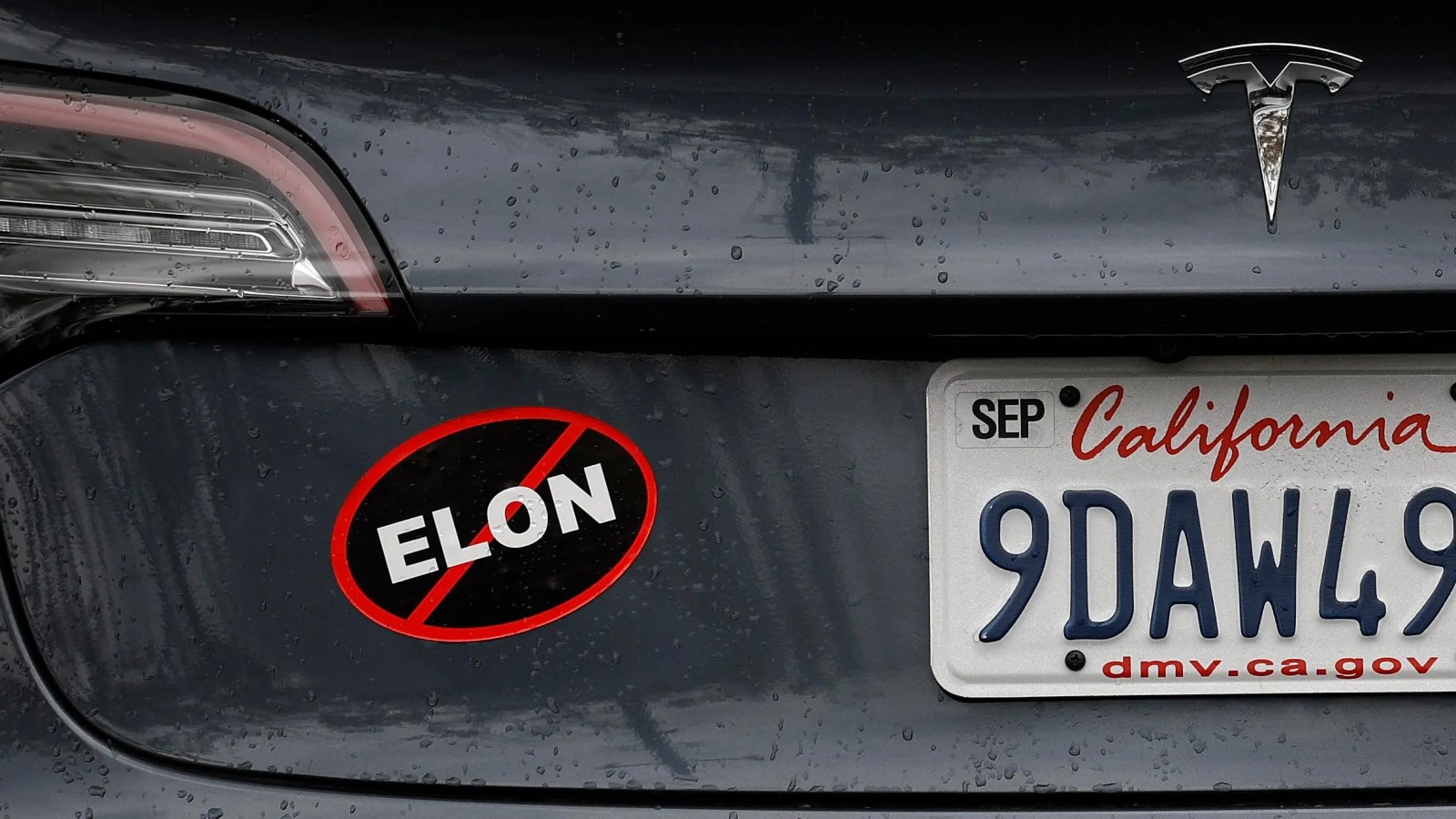As digital art becomes mainstream, luxury fashion houses are increasingly turning to more innovative marketing campaigns to capture their audiences. Australian 3D artist Paul Milinski is on the job.
This story featured in Issue 12 of Forbes Australia. Tap here to secure your copy.
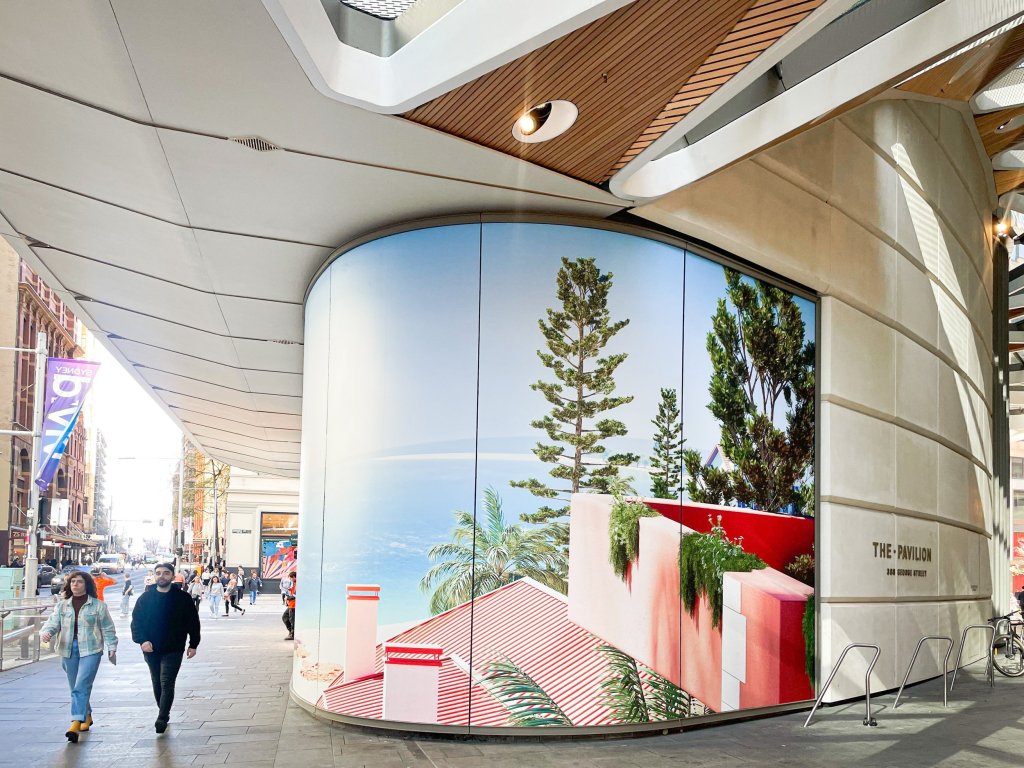
A tiny sailboat is set upon the water fountain in Paris’ Jardin des Tuileries, the wind blowing through its Hermes-printed sail on a sunny day. It looks real but isn’t. It’s a digital marketing campaign created by Australian 3D artist Paul Milinski, using Photoshop and graphic design techniques.
This campaign is part of a growing trend of luxury fashion houses like Hermes, Cartier, Gucci and Louis Vuitton embracing new digital capabilities – like computer-generated imagery (CGI) and 3D technology – to capture their audiences.
In the past five years, Milinski, a former labourer from Melbourne, has carved a name for himself in this advertising niche, collaborating on campaigns with all the brands mentioned above.
“Digital art has become a legitimised form of artistic expression,” Milinski says. “It’s being immortalised as contemporary art in some of the biggest art houses. (To this day, the most expensive piece of digital artwork sold was The Merge – a non-fungible token (NFT) created by digital artist PAK, sold for US$91.8 million).
An Emergen Research report shows the computer-generated imagery (CGI) market is poised to reach US$13.44 billion by 2028, growing at a CAGR of about 20%.
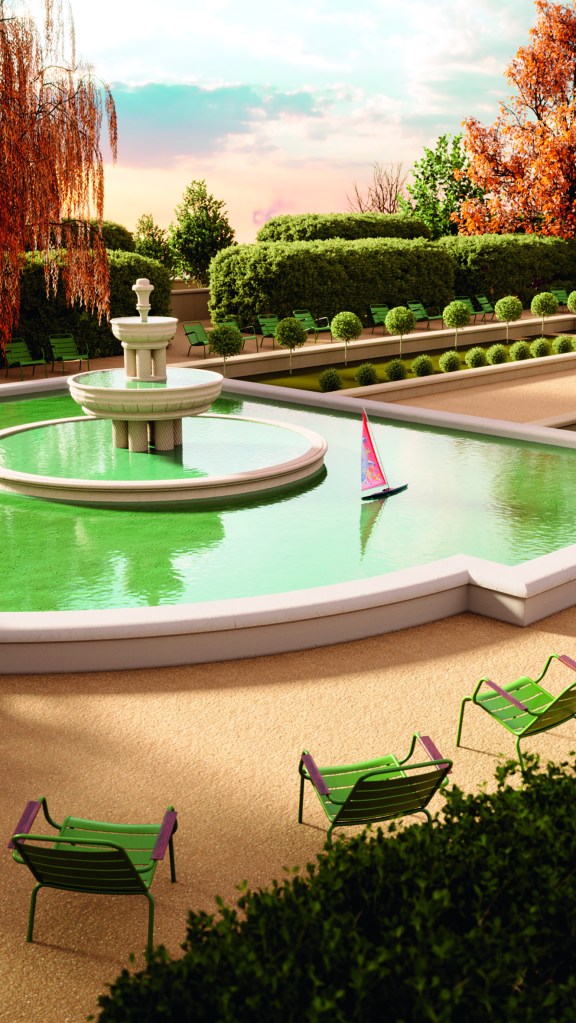
There’s good reason to be on the new marketing bandwagon: campaigns employing these techniques can have better outcomes – in fact, fake out-of-home ads, like digital billboards or subway signs, have a 20% higher recall rate than traditional OOH advertisements (recall rates measure the ability of an audience to remember an ad after seeing it). Research by Digital Signage Today also found that 74% of marketers saw a spike in engagement with digital OOH strategies.
“Now, you can create something that’s familiar – that’s grounded in a landscape people know – but because you have complete control of the mood, lighting and weather, you can skew the art of the product,” Milinski says.
“You can bend it and make it more surreal. That’s hard to do in real life with cameras and a crew. It’s a potent tool, being able to transport viewers into something and then play with the reality of it.”
Milinski had always dabbled in art and after illustrating in Adobe Photoshop as a hobby, he joined a graphics company, creating mock-ups for branding jobs.
“I could see that 3D editing was a way to show something we didn’t have access to tangibly – but I could create it as if we had it. I used it as a tool to bring brand work to life.”
His big break came when luxury jeweller Cartier approached him in 2019 for some early design projects in Singapore and again in 2021 for the opening of its Oceania flagship boutique in Sydney.
For the project, Alban du Mesnil, the managing director for Cartier Oceania at the time, said he wanted to commission local talent for the job.
“Known for his spatial design and 3D visualisation, our intention is for Paul’s artwork to create an uplifting atmosphere whilst inspiring and offering a visual escape for Sydneysiders and encouraging meaningful conversation on how we treat the earth,” du Mesnil said at the time. Milinksi’s 3D visualisation of the Australian landscape for Cartier covered about 510 square metres, making it his largest creative expression.
If you have to post that this was made with AI, how luxurious is that, really?
Paul Milinski, artists
“It was amazing to create art with our home country and land. It was inspiring,” Milinski says. “I did some imagery with the Great Ocean Road. I experienced it, then got to re-create that for one of the biggest brands in the world.”
Alongside CGI and 3D-created campaigns, the luxury sector is also embracing artificial intelligence (AI) and generative AI in marketing campaigns. Prada used an AI-generated campaign for its Prada Paradoxe fragrance range. Photographs were fed into an AI image generator tool to create new images of the fragrance bottles levitating. However, while Milinski believes 3D art and new ways of visualisation are a boon for luxury brands, he says they should be wary of using AI tools to do the work for them.
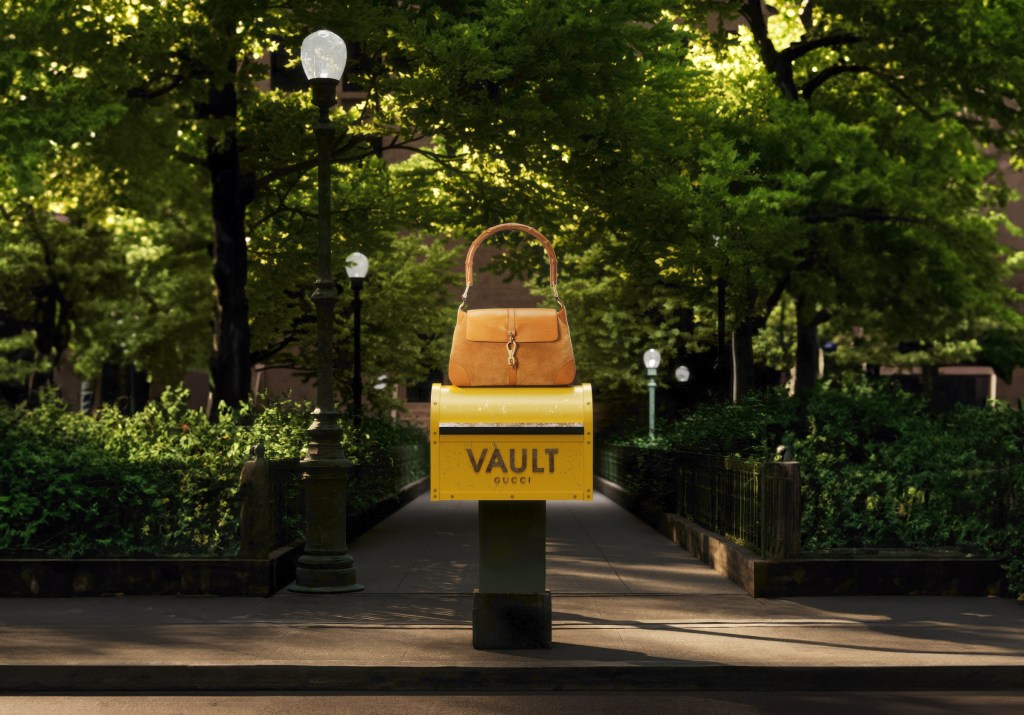
“It goes against the foundation of these brands and their origin stories, which are steeped in authenticity, craftsmanship, uniqueness and scarcity – all the things that make something luxurious,” he says.
“That’s the opposite with AI generations – which aren’t scarce. They’re very generic. They all look the same, even if you give them different style prompts. And not to mention that you need to flag when things have been developed using AI on social media apps like Instagram. If you have to post that this was made with AI, how luxurious is that, really?”
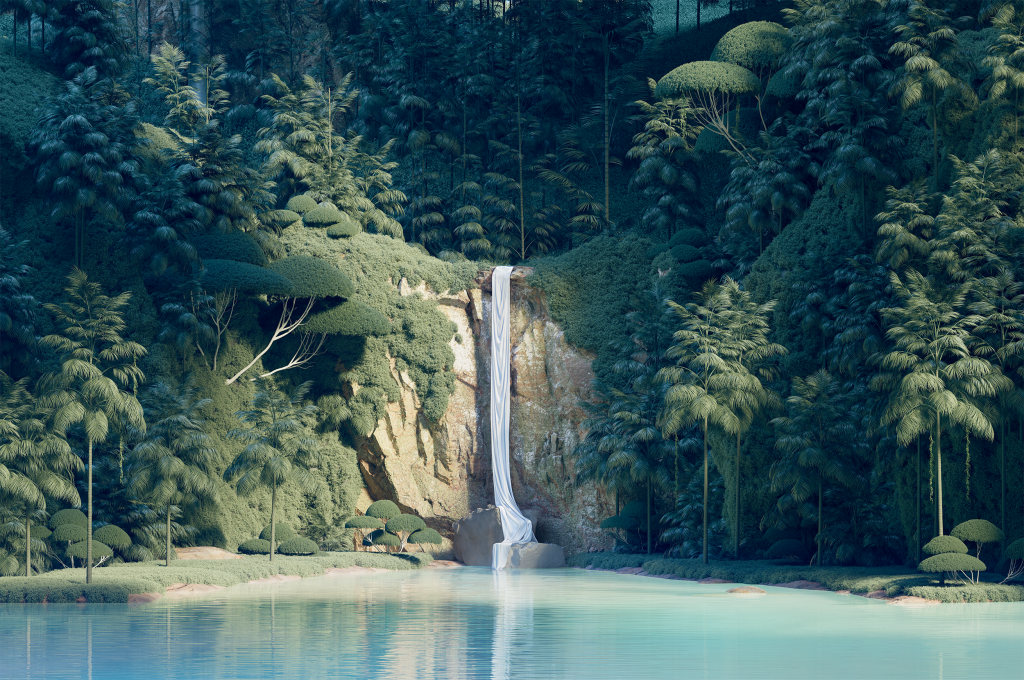
Milinski sees technologically enhanced marketing campaigns continuing their upward trend – potentially progressing into the virtual and augmented reality space, provided that the hardware catches up.
“We’re already seeing the merging of the physical and digital experience,” he says. “The halt is in the hardware technology. It’s just not feasible to walk around with a big headset on.”
He believes digital is the inevitable: “Years down the track, we’re going see our bodies come second to our digital experience. It’s only a matter of time.”
Look back on the week that was with hand-picked articles from Australia and around the world. Sign up to the Forbes Australia newsletter here or become a member here.


